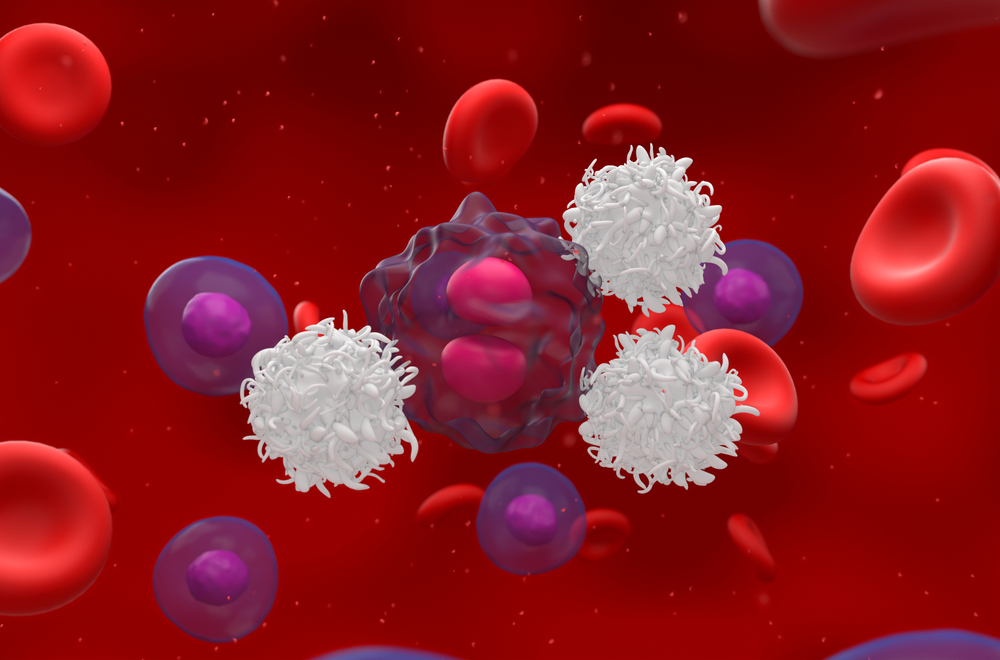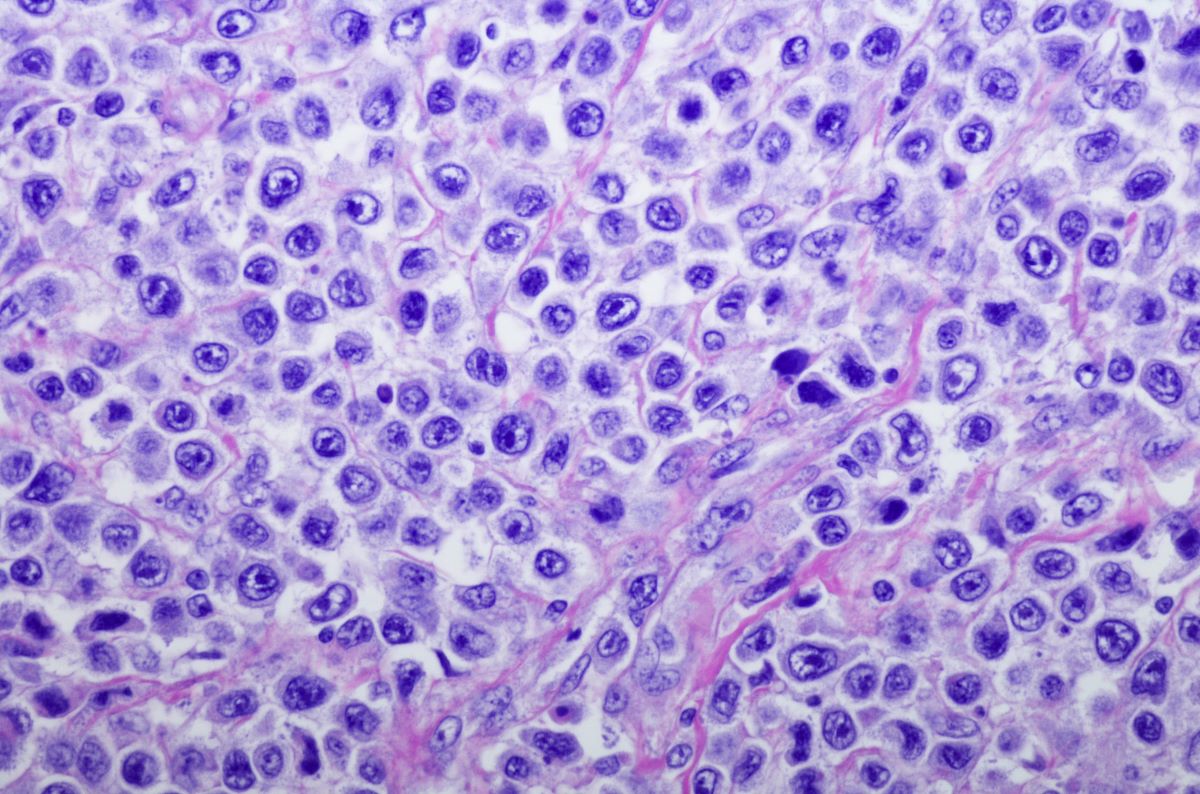
Updated staging and clinical trial guidelines for primary cutaneous lymphomas (PCLs) have been proposed by the International Society for Cutaneous Lymphomas (ISCL), the United States Cutaneous Lymphoma Consortium (USCLC), and the Cutaneous Lymphoma Task Force of the European Organization for the Research and Treatment of Cancer (EORTC).
The new guidelines are in alignment with the Lugano guidelines and apply to study design, assessment, endpoints, and response criteria in clinical trials.
The updated staging and guidelines were announced in a special report published in Blood written by Elise A. Olsen, MD, of the Division of Hematologic Malignancies of Duke University Medical Center in Durham, North Carolina, and an international group of colleagues representing the ISCL, USCLC, and EORTC.
“These recommendations provide standardized methodology that should facilitate planning and regulatory approval of new treatments for these lymphomas worldwide, encourage cooperative investigator-initiated trials, and help to assess the comparative efficacy of therapeutic agents tested across sites and studies,” the authors wrote.
The original tumor, node, and metastasis staging of the most common type of PCL, mycosis fungoides (MF) and its leukemic counterpart, Sézary syndrome (SS), was published in 1979. This staging was revised in 2007, along with recommendations for the staging of the non-MF/non-SS cutaneous lymphomas, which include both T- and B-cell cutaneous lymphomas. This was followed in 2011 by suggested modifications to the blood classification of the now tumor, node, metastasis, and blood staging and recommendations for clinical trial design for MF/SS.
The new report presents modifications to the tools used to document skin and lymph node staging and clarification of minor issues in the definition of the T stages for non-MF/non-SS PCLs. It also sets forth the first recommendations for a unified approach to diagnosis, assessment, and response criteria for clinical trials of all PCLs that are aligned with the Lugano classification and that can be used worldwide.
“These guidelines represent a collaborative consensus opinion of international experts in cutaneous lymphoma, but the final study design may require adaptation according to trial aims and PCL subtypes, local logistics, and regulatory necessities,” the authors concluded.
Olsen EA, Whittaker S, Willemze R, et al. Primary cutaneous lymphoma: recommendations for clinical trial design and staging update from the ISCL, USCLC, and EORTC. Blood. 2022. doi:10.1182/blood.2021012057






 © 2025 Mashup Media, LLC, a Formedics Property. All Rights Reserved.
© 2025 Mashup Media, LLC, a Formedics Property. All Rights Reserved.